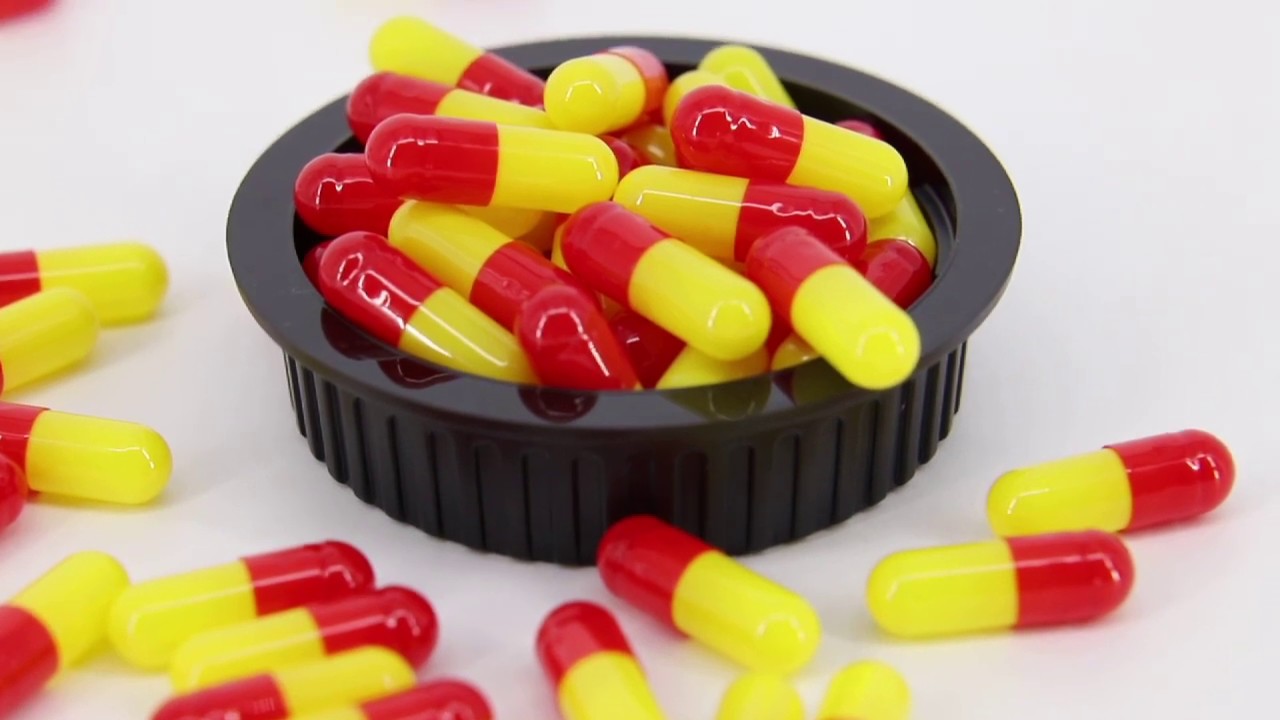
A cannula is a small, thin tube inserted into the body to deliver or remove fluid or gas. Cannulas are commonly placed in veins (intravenous cannula or IV cannula) to administer intravenous fluids, blood transfusions, or medicines. They can also be placed in arteries to monitor blood pressure or draw blood samples. Other types of cannulas are placed in different body areas for various medical purposes. This article provides an overview of cannulas, their uses, and procedures.
Uses of Cannulas
Intravenous Cannulas
One of the most common uses of cannulas is for intravenous (IV) access. An IV cannula is a small, flexible plastic tube placed through the skin and into a vein. It allows fluids, medication, nutrients, or blood products to be delivered directly into the bloodstream. IV cannulas are routinely placed in veins in the hand, arm, or foot for giving intravenous fluids and medications in the hospital, emergency room, or during medical procedures.
Artery Cannulas
Cannulas are also sometimes placed into arteries. Arterial cannulas allow direct monitoring of blood pressure or drawing of blood samples from the arterial blood supply. They are commonly inserted into the radial (wrist) artery or femoral (groin) artery in critically ill patients. Arterial lines provide accurate, continuous blood pressure readings that can help guide treatment.
Nasogastric and Feeding Tubes
Cannulas are used to deliver liquids, nutrition, or medication directly into the stomach or intestines when oral intake isn’t possible. A nasogastric tube is inserted through the nose and down into the stomach. This type of cannula is often temporary and used to drain the stomach, deliver medications, or provide feeding. Permanent feeding tubes like PEG tubes are directly placed through the abdominal wall into the stomach. These types of feeding cannulas bypass the mouth and throat for long-term enteral nutrition support.
Procedures for Cannula Placement
Proper cannula placement requires sterile technique to safely access veins or other areas. Procedures may differ depending on the type and location of cannula, but generally involve the following steps:
1. Skin Preparation – The targeted area such as the hand or arm is cleaned with antiseptic solution to kill any germs or bacteria on the skin surface. This reduces the risk of infection.
2. Local Anesthetic – A small amount of local anesthetic or numbing medication is often given by needle stick near the cannula insertion site to minimize discomfort. The type used depends on where the cannula will be placed.
3. Cannula Insertion – Using a sharps precision technique, the cannula is inserted into the vein or other target area. An IV cannula is guided by sight into a vein usually aided with gentle pressure and following of vein tracings. Placement is confirmed before securing the cannula.
4. Securement – The cannula is taped, sutured, or anchored firmly in place using specialized dressings, adhesives, or tubes to prevent dislodging. This securing step is important for patient safety and comfort.
5. Monitoring – After a successful cannula insertion, the placement site and surrounding area are checked periodically for signs of complications like infiltration, infection, or bleeding. Temporary cannulas often have removal protocols as well.
Proper Cannulation Training
Cannula procedures require specialized medical training to be performed safely and effectively. Healthcare providers undergo lengthy education on sterile technique, relevant anatomy, physical assessment, and cannulation skills through various methods.
At the student level, cannulation is typically first learned through skills labs, simulations, and cadaver injections. Formal instruction covers indications, contraindications, equipment, techniques, complications management, and documentation. Controlled clinical experiences under preceptor supervision allow demonstrating cannulation mastery in a real patient care setting.
Continuing education and competency validation ensure providers maintain proficiency over their careers. Advanced practice roles may require additional certification or credentialing demonstrating advanced cannulation expertise. Overall, well-trained providers are essential for the success of cannulation with optimal patient outcomes and comfort.
Potential Complications
While common and usually straightforward, cannula insertion does carry a small risk of minor and major complications that providers must be prepared to deal with appropriately. Some potential issues from cannulation include:
– Pain, bruising, or hematoma at insertion site
– Infiltration or extravasation of fluids into surrounding tissues
– Air embolism if placed improperly in a vein
– Nerve or artery injury in rare incidents
– Infection of the skin or bloodstream (local or systemic)
– Bleeding problems if inserted into an artery
– Pneumothorax risk with certain central line placements
– Cannula blockage or kinking which halts intended therapy
– Emotional distress or phobia to the procedure in some patients
With proper training, sterile techniques, assessment skills, and prompt complication management, the risks of cannulation can be very low. But healthcare teams must still closely monitor patients during and after any cannula procedure to catch potential issues rapidly.
Conclusion
In summary, cannulation provides a crucial means of vascular or enteral access for medical treatment in many clinical situations. From short-term IVs to long-term feeding tubes, cannulas enhance care when oral or peripheral routes won’t suffice. With specialists trained in advanced techniques, cannulation procedures continue improving outcomes through targeted therapy delivery. While bearing small risks, cannula use remains an important tool benefitting patients when applied appropriately by well-educated providers. Continued research further enhances cannulation safety, effectiveness and patient experience.
*Note:
- Source: Coherent Market Insights, Public sources, Desk research
2. We have leveraged AI tools to mine information and compile it


